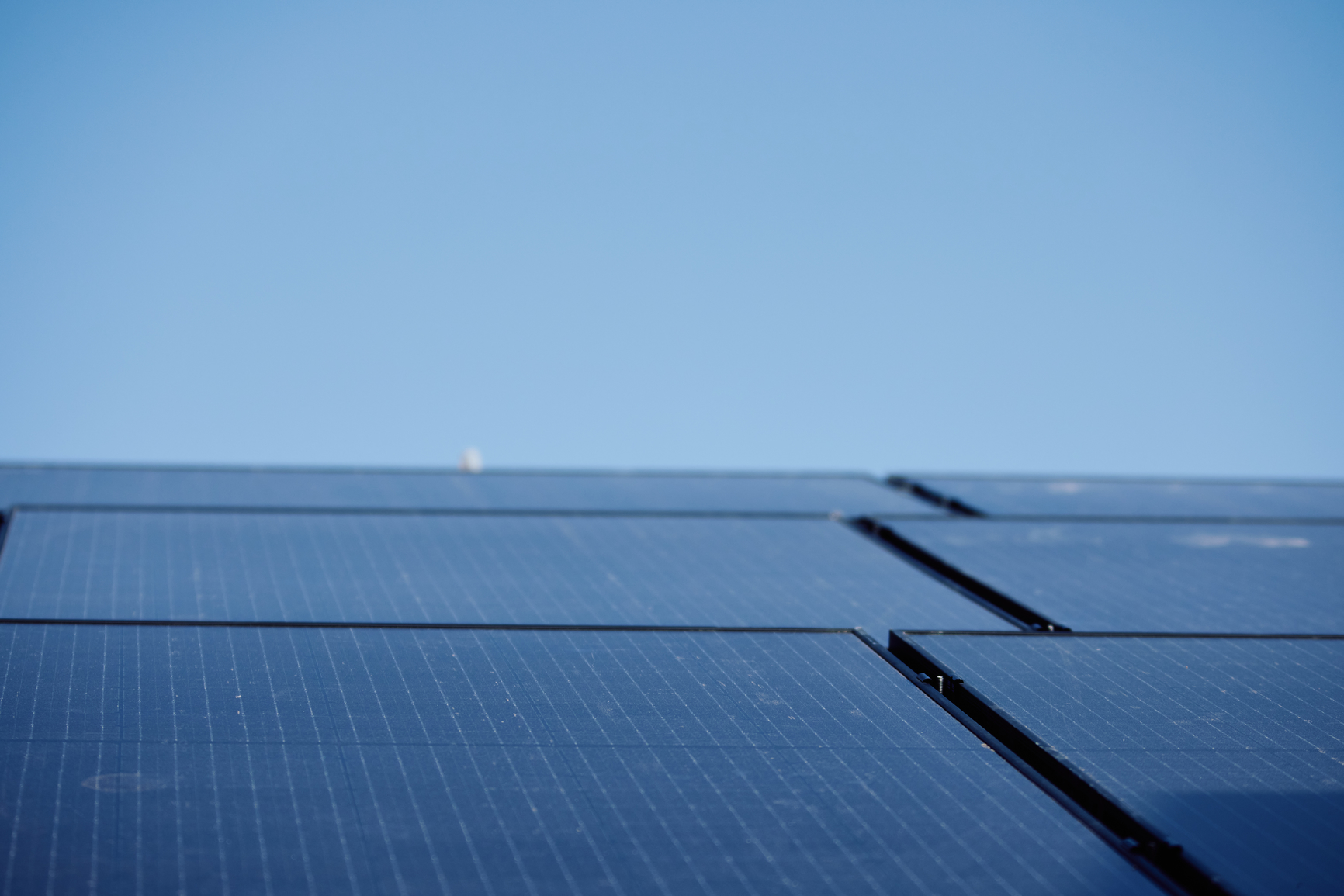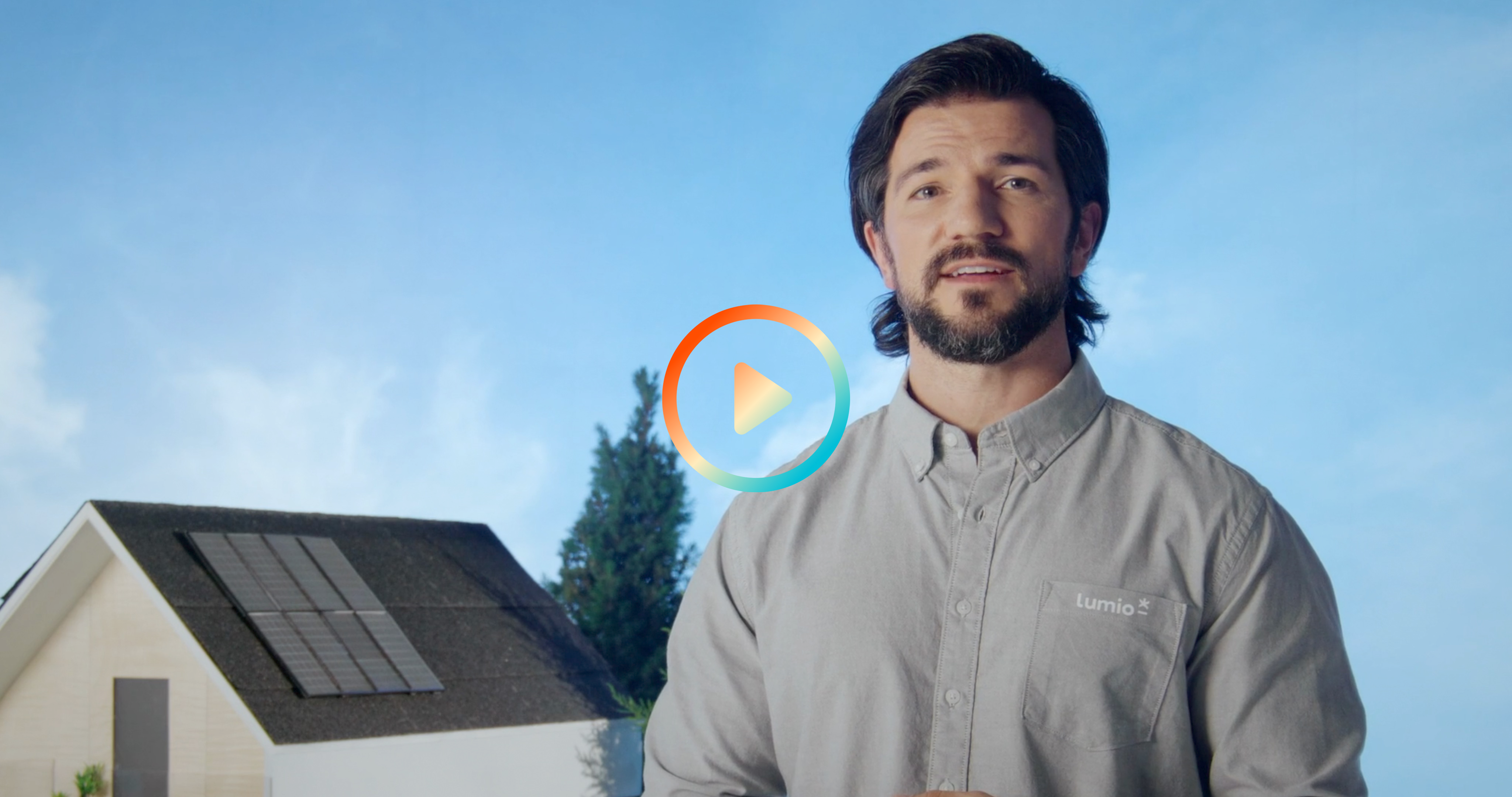How Does Installing Solar Affect My Roof?
The process of mounting solar panels to your roof should be handled with care, so the watertight envelope of your home is preserved. Using proper techniques and modern building materials Lumio keeps it tight.

by Kevin Wallace
5 min read - Published on 05/10/2022
We're exploring solar roof leak mitigation, development of solar mounting systems, proper solar array installation, and modern engineering approaches that have played a major role in reducing the risk of water leaks. Buckle up!
In the early 2000s residential grid-tied solar arrays entered the market and Installers had few choices for standardized roof-mounting solutions and, in many cases, were left to their own devices to figure out how to place solar on the roof.
It is no surprise that placement methods did not make the best use of consistent methods, parts, and flashings. Roof penetrations into rafters or decking material relied on some form of sealant at each mounting location, but engineering and product development for solar roof mounting systems was lacking, resulting in many failed installations and damaged homes.
Early solar contractors learned that these product failures caused leaks within a few years, and many contractors were faced with expensive remediation requiring system removal and re-roofing. As a result the pioneers of this new industry faced challenges that resulted in the development of proper solar mounting products.
In solar this hard-won experience led to the development of engineered systems specific for solar that include products and methods that protect roofs, and homeowners throughout the long working life of an average solar project.
Most Solar Panels
When penetrating a roof for solar attachments, it is important to include approved mounting brackets, flashings, sealants for proper roof protection. Early solar installations installed without the proper equipment turned every home into a potential water leak time bomb.
It did not take long for these failures to reach the manufactures of roofing materials. New materials and procedures were needed to solve this growing problem. Their solution not only had to stop water leaks, but also had to protect roofing materials that manufacturers could approve.
What does this mean for you, and your questions about your roof? It means that many questions associated with roof penetrations, and warranties have answers that inspire confidence, and provide the peace of mind that solar can be placed properly that protects you for many years to come.

How Are Mounting Systems Placed On Roofs?
At Lumio, we take the time to walk you through the mounting process. Mounting solar does penetrate your roof and make holes, but this is nothing new. Many homes already have roof penetrations for things like: plumbing, venting, HVAC equipment or exhausts, vents, power lines, or satellite dishes.
All these items place holes in your roof, but are mitigated so the roof’s intended design to shed water and snow works. Adding solar with modern mounting equipment has your roof’s intended purpose to keep water out of your home in mind.
How Do They Work?
Solar mounts are a simple bracket that is attached to your roof system. It may have an L shape to it that allows for a bolt to hold it down to a roof, and the remaining side facing up for panel attachment. The bracket is placed on flashings that are integrated into your shingles. The mounting bolt may have a rubber washer placed between the L bracket and flashing. This creates a watertight seal that sheds water, and will not cause leaks.
The end result of the installation allows water to shingle around the solar mounts. This is called the shingle effect. The bracket placement needs to be as flat to the roof as possible, so the seal is not compromised which could allow water penetration. In addition, sealant can be placed around the top and sides of the mounting bracket as another layer or protection. This is a great foundation that should be a watertight system that will last for years to come.
If I See Signs Of Water Leaking What Should I Do?
If there’s any concern or visual water damage from water leakage from a solar installation make sure to notify your solar contractor right away. If left unattended even a small leak could result in costly damages. Reporting issues early is in everyone’s best interest. We will happily come on site to investigate the issue, and resolve it.
Trust the Pros.
Even though penetrations are a reality when going solar, installation products are up to the task. Lumio installers are properly trained, and certified to ensure solar placement is up to code and ready to serve your home for decades to come. Reach out to a Lumio advisor today to learn more.

